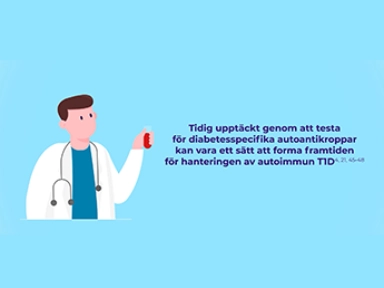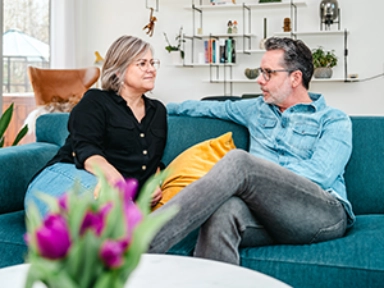Lucas Received Four Diagnoses at Once: “30,000 Emotions Rushed Through Me”
Being diagnosed with type 1 diabetes at the age of 18 is a life-altering experience for most people. But when, like Lucas, you receive three other diagnoses within a few months, it can feel overwhelming. Living with type 1 diabetes becomes even more challenging when you also have autism.
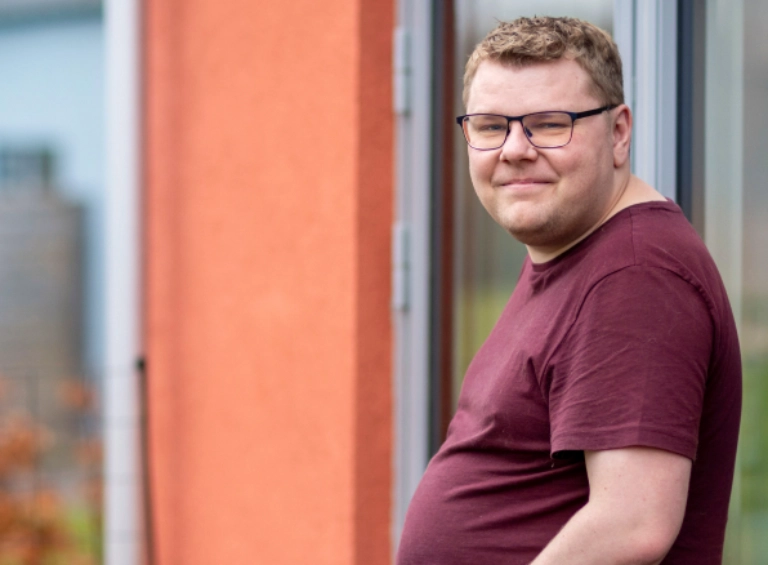
"I was 18 years old and in my final year of high school when I received four diagnoses within a few months: Asperger's, depression, anxiety, and type 1 diabetes.
I was diagnosed with diabetes on World Diabetes Day, November 14, which we laugh about every year," Lucas says with a smile. His positive outlook on life is a defining trait, and he's determined to make the best of every situation. However, the first period after his diagnosis was incredibly difficult.

I was 18 years old, and suddenly I was told I had to completely change my life.
A Tough Year
"It was a tough year. I got the diagnosis right in the middle of working on my major school project. I was 18 years old, and suddenly I was told I needed to completely change my life," he explains.
It all started just after the fall break. Lucas had been unwell for three weeks with flu-like symptoms when he finally visited the doctor. Blood tests showed extremely high infection levels. The doctor ordered further blood work, and two days later, she called to tell Lucas that his long-term blood glucose levels were dangerously high—he needed to go to the hospital immediately.
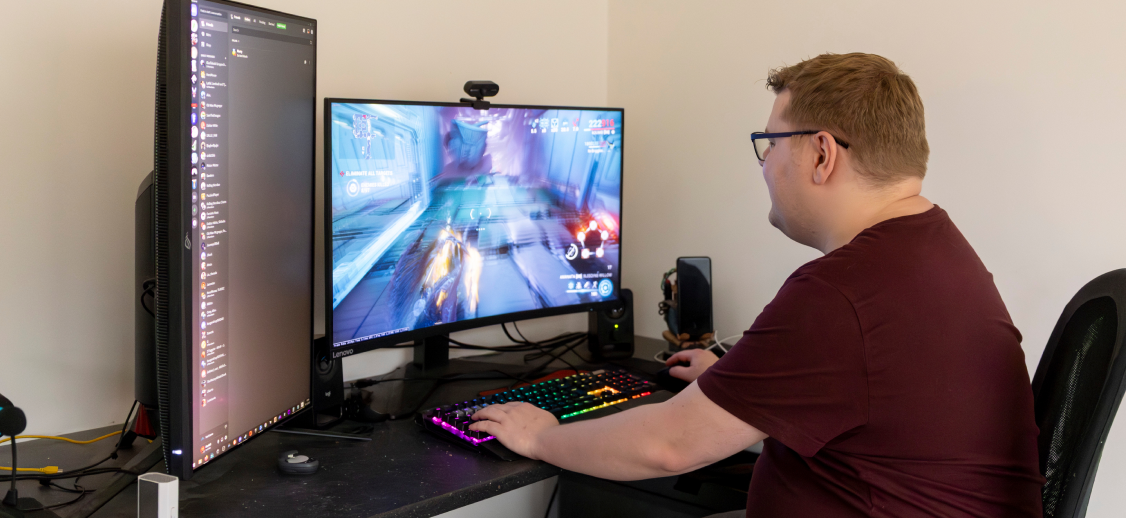
A Weekend of Uncertainty
It was a Friday when Lucas was admitted to the hospital. He spent the weekend there, being told he had diabetes but that they wouldn’t be able to confirm whether it was type 1 or type 2 until Monday.
"That weekend, they woke me up at all hours to check my blood glucose and give me insulin. I didn’t understand why they were doing it or what was happening, and no one explained what diabetes actually is," Lucas recalls.
"30,000 emotions rushed through me. I was scared, confused, and frustrated about having a disease I’d have to live with for the rest of my life," he says.
Lucas knew nothing about diabetes—no one in his family, including his parents or three siblings, had the condition. Looking back, he realizes that he had been unusually thirsty in the years leading up to his diagnosis, but he had no idea it was a symptom of type 1 diabetes.
His mother was also shocked by the news.
"She was very scared and upset because, as a young woman, she had a friend who almost died from type 1 diabetes," Lucas recalls.

I was scared, confused, and frustrated.
Like a Hammer to the Finger
From one day to the next, Lucas had to learn to count carbohydrates, measure his blood glucose, and administer insulin. For most 18-year-olds, this would be a big adjustment, but for Lucas, his autism made it even more challenging.
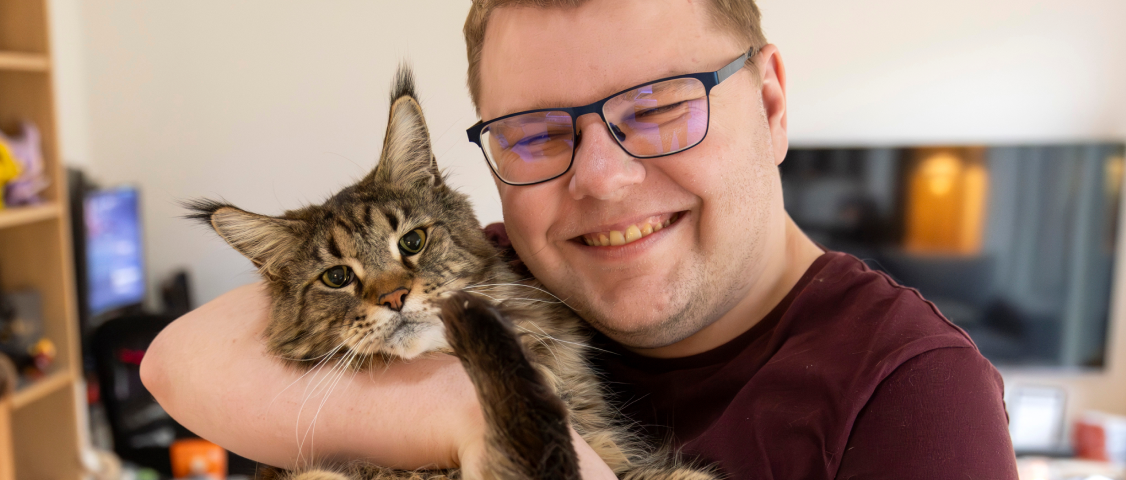
"I’m very sensitive. My senses of smell, hearing, and touch are heightened. For most people, pricking your finger to measure blood glucose feels like a small pinprick. For me, it felt like slamming a hammer on my finger.
It was especially frustrating if I had to measure my blood glucose while sitting on a bus surrounded by people," Lucas explains. Luckily, he found a great source of support in his nurse.
"He understood that I have specific challenges. He took the time to sit down with me and my mom to explain what diabetes really is."
Difficulties Regulating Blood Glucose
It quickly became clear that Lucas struggled more than most to regulate his blood glucose levels.
"When you’re stressed, your blood glucose rises. The doctor told me to avoid stress, but I have autism, so I absorb everything around me—I get stressed as soon as I walk out the door," Lucas says.
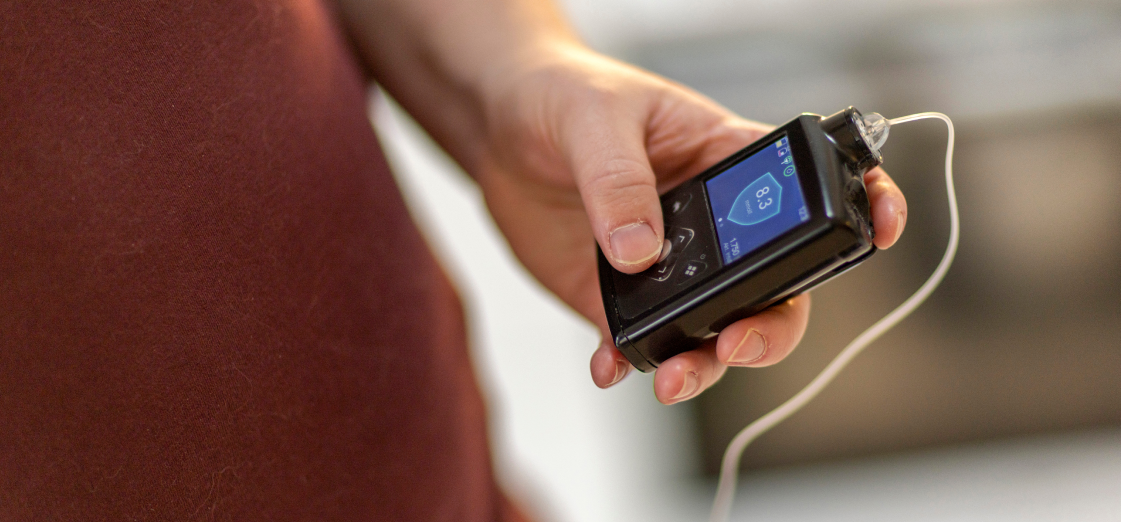
A Pump Makes a Difference
Lucas now uses a closed-loop insulin pump, which helps him keep his blood glucose within recommended levels. The system consists of an app, an insulin pump, and a sensor that continuously monitors his blood glucose, automatically adjusting insulin delivery as needed. Lucas still has to input carbohydrate amounts and meals, but the pump has made a significant difference.
"Because of my autism, I get stressed easily when I’m out in public, which causes my blood glucose to spike".
"Before, I always had to carry insulin with me and inject it, even in the middle of a store. It wasn’t fun," Lucas says.
Now, with the pump, he doesn’t need to do that, though he still finds diabetes frustrating at times.
"Some days, I can’t get my blood glucose to rise, and other days, I can’t get it to drop. It makes me groggy and nauseous. In that sense, it’s just a crappy disease. But I’ve learned to live with it," he says.
A survey among people with type 1 diabetes showed that many are emotionally affected by their diagnosis:
Source: A 2024 survey on type 1 diabetes conducted by Sanofi in Denmark, Norway, Sweden, Finland, Belgium, and the Netherlands.
Reach Out
Lucas advises other young people newly diagnosed with type 1 diabetes to talk to others in the same situation and to ask for help.
"The Diabetes Association has fantastic events where you can meet other young people with diabetes. You can share your frustrations with people who understand and get advice from those who’ve lived with the disease for years."
Lucas has also worked with the Diabetes Association to create a document for his workplace, explaining what to do if he experiences low blood glucose and faints. He works as a business manager at GladTeknik, a company known for hiring people with diagnoses and accommodating individual needs. In his free time, Lucas participates in debates and events focused on autism and neurodiversity.

